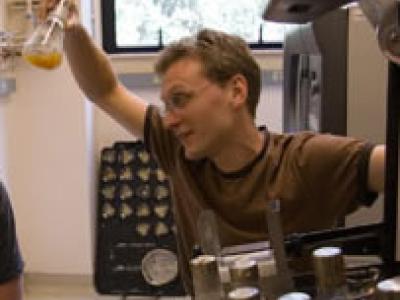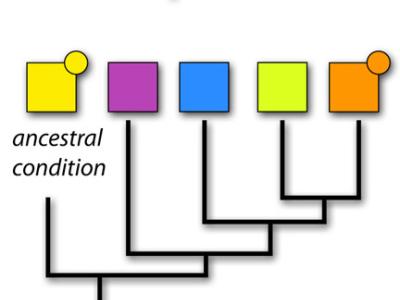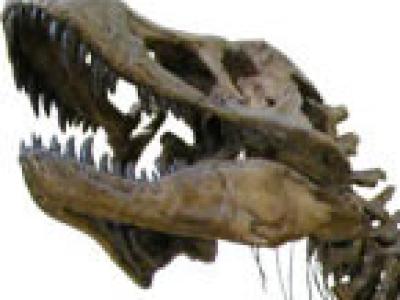Turning bacteria into butanol biofuel factories
While ethanol is today’s major biofuel, researchers aim to produce fuels more like gasoline. Butanol is the primary candidate, now produced primarily by Clostridium bacteria. UC Berkeley chemist Michelle Chang has transplanted the enzyme pathway from Clostridium into E. coli and gotten the bacteria to churn out 10 times more n-butanol than competing microbes, close to the level needed for industrial scale production.








